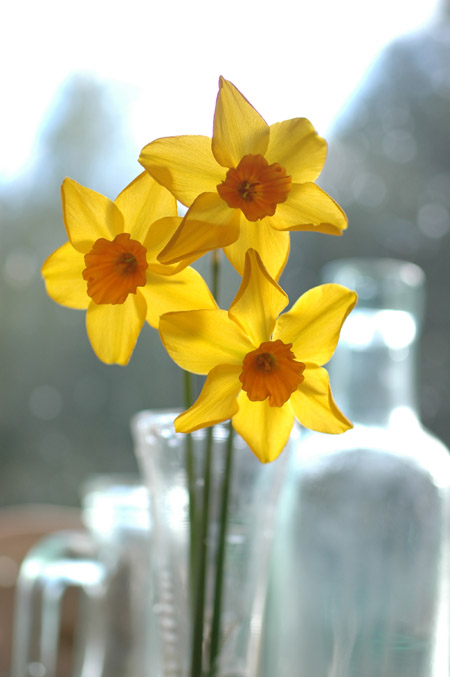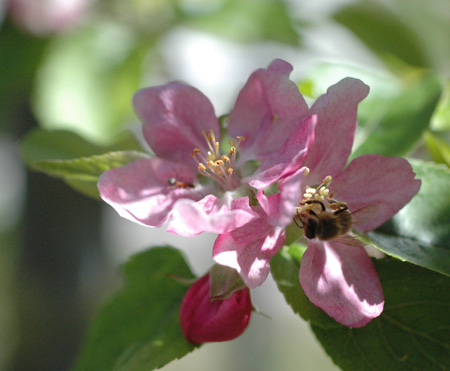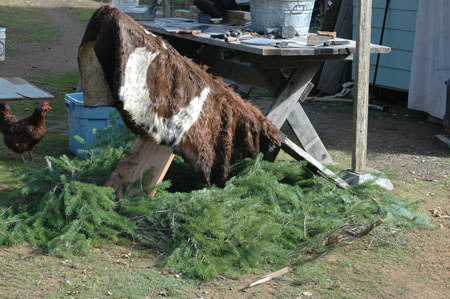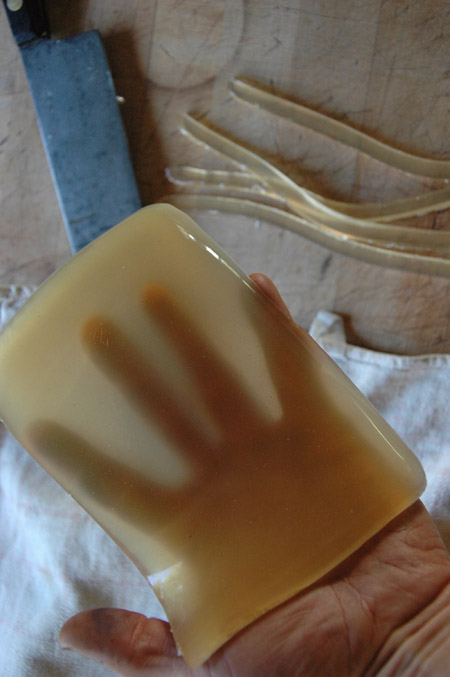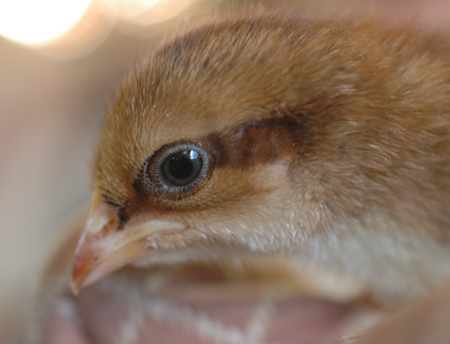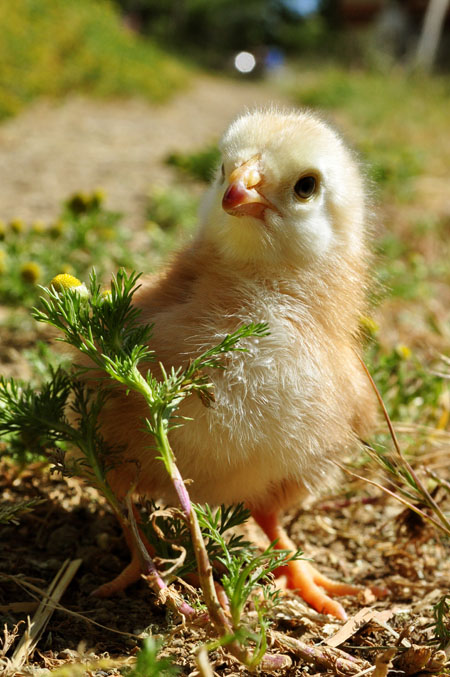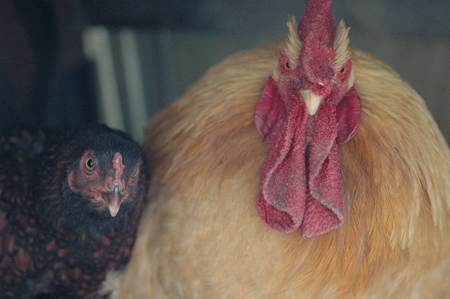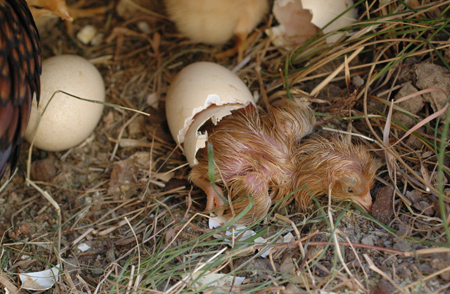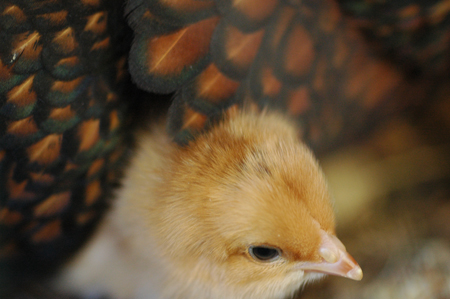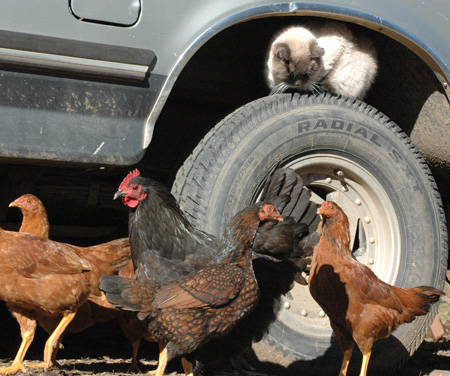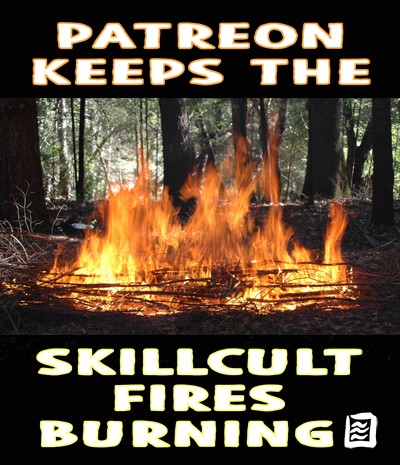A second video retrospective of 2017, with music from my friends in Stiff Dead Cat. Homestead stuff, chickens, projects, nature, mushrooms and some really cool time lapse landscapes.
Turkeysong, the Year in Pictures 2013 Late Winter and Spring
It's been a challenging year. My love and best friend moved away in the spring, leaving a hole in my life that still feels like it will never close all the way. In classic bad timing, I was also embarking on diet and lifestyle changes in yet another attempt to improve my crappy health which I had made worse the previous season by going on a very restricted low carbohydrate diet called GAPS (shudder). My new approach included, as importantly as anything, stress reduction, but with a broken heart, very little money, no energy and pretty much on my own for the first time in forever without anything resembling a reliable income, that didn't happen so much. I got pretty low functioning for a while but managed to squeak through the worst of it.
I was only able to make the farmer's market, my main source of income, about once a month where I average less than 100.00. I was as chubby as I've ever been in my life and pretty damn weak. I remember killing a chicken to eat and having to rest 3 times in order to finish processing it. I started plucking it, but it was too much work so I just tore the skin off. Another time I prepped for the market the night before, and finished washing carrots in the morning. By the time I was ready, I was too exhausted to make the trip, so I had to blow it off. A bunch of produce, including a cooler full of amazing carrots, the best crop of the year, went to the chickens. That sort of thing was not unusual for me unfortunately, but doing it alone was. I almost never slept more than 5 hours consecutively,usually less, and often only managed to get 4 or 6 hours of sleep total over 24 hours.
Fortunately this nutcase/genius,
Matt Stone's advice on improving my metabolic rate has paid off in the long run, in spite of some circumstantial bumps in the road. Regardless of all of the difficulties, my mood was greatly moderated throughout by listening to my body and eating whatever I felt like, whenever I wanted, and then some. I also stopped working unless I felt really up to it and drastically cut my consumption of liquids, especially the holy elixir of eternal youth, plain water. Over the last couple months I've lost fat and gained muscle while continuing to follow that basic approach and adding a very small amount of body weight exercise.. I still have some way to go to be really high functioning, but I have a pretty normal body temperature for the first time in ages, and I feel good with increasing frequency, not just not bad, but actually good, always a great rarity for me and valuable beyond words. On new years eve I wore a t-shirt outside until about 11:00 pm because my metabolism was so jacked up that it felt like I was pushing the cold air away by radiating heat. My personality has definitely changed for the better, and I'm more convinced than ever that the severity of peoples emotional and phychological issues is often, if not usually, rooted in physiological dysfunction. A resilient physiology makes for a resilient person.
Other things have helped me along the way, but this is the ONLY approach that has ever felt like it's given me a real foundation on which to potentially build back true health after 15 years of lyme related issues, as well as being kind of messed up for most of the rest of my adult life. Throwing supplements, exercises, superfoods or whatever at health problems is largely a waste of time if the baseline of the organism, the production of cellular energy, is compromised and replaced (as it always is when compromised) by a stress response chemistry. Metabolism is where it's at folks. Low body temperature = an unhappy body.
At this point, I'm pretty much letting my body do the driving, doing my best to make it feel safe, well nourished and well rested, and trusting it to sort out what to do with the resources I give it. I'm pretty sure now that it's smarter than me. I'm hoping that I will continue to improve so I can more fully realize my potential to kick some serious experimental/educational butt in 2014, but everything will take a back seat to gaining and retaining a healthy state, whether I get there or not.
Even with all the challenges and a major lag during the summer, I still managed to do some cool stuff and take a bunch of pictures. I've broken the year in pictures up into two parts of which this is number one. Hopefully next year it will be in 4 parts!
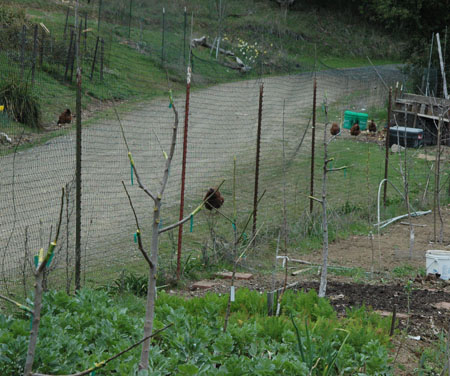
Many of the inter-stem apples that I planted a couple of years ago were re-grafted to new varieties. Most are dessert or dual purpose dessert/cider apples. All the grafts took and they grew very nicely, aside from a couple of grafts breaking in the wind when I unwrapped them too early. One broke at about 12 inches long. It still looked plump and healthy, so I trimmed off the leaves and re-grafted a section of it back into a fresh split immediately. It took. That supports the idea that you can get away with grafting at many different times of the year. In a low risk situation like that one, why not try? Note also crops being grown under the trees. It benefits the trees with extra water and nutrients they otherwise probably would not get, and the roots help condition the soil and inject organic matter. I’m hoping this whole strip will eventually have an understory of winter growing flowers ala my winter bulbs under fruit trees project.

Red fleshed apple seedling nursery. They are grafted onto dwarfing rootstocks. In a somewhat bold move, I grafted the entire length of most of the scions instead of the usual 2 or 3 buds on a short stick. Some of them were a couple feet long. I had 100% take on these grafts. Apparently, the more buds they have, the sooner they’ll fruit, so I’ll do virtually no pruning from here out. All are staked, and completely painted with grafting wax to prevent drying until the graft can heal. Note also the shade cloth. Overall, it was a good year for grafting. Various experiments I’ve done indicate that the conservative way most of us usually approach grafting is not always necessary, and probably very limiting. I’ll be experimenting more, so hold your breath for EXTREME GRAFTING!!! (THE MOVIE!?)

I’m increasingly impressed by notching. Notching above a bud encourages it to grow out, or to grow longer and stronger. This tree was trained by a combination of dis-budding and notching. By so doing, I got scaffold branches exactly where I wanted them and therefore the basic shape of the tree in one year from a single stem! I’m sure you’ll be hearing more about this cool technique I picked up from a very old tree training study, but for now, it’s really this simple- leave 3 buds grouped together along the whip wherever you want a scaffold, removing all other buds except a couple at the top, notch one bud in each group to grow out the direction you want that scaffold to point in (one in each direction for open center or delayed open center). Let all growth except basal suckers grow through the season. Trim off anything you don’t want next winter. Why doesn’t everyone do this instead of the usual slower training methods? That’s a good question and I think the answer is key to making progress in gardening and farming. The approach to gardening and farming seems to be conservative by our nature, but it is often based on baseless common knowledge that is not infrequently short sighted, overly conservative, or just plain wrong. This method of notching combined with disbudding was proven out starting in 1926, but seems to have had little influence as far as I’ve encountered.



Bull hide scraps cleaned and dried for making hide glue. These were limed, and then rinsed and scraped like crazy to remove unwanted impurities and leave (as much as possible) just collagen, the stuff that glue is made of.

Fallen giant. This spring marked the sad beginning of felling trees infected with Phytopthera ramorum, the organism that causes sudden oak death syndrome. :( If I get them early enough, before they go into the sudden death phase, I can still peel the bark and use it for bark tanning skins. Sadly tanoak is sort of a hinge pin species in this environment. It is the most reliable mast producer for squirrels, deer, birds and more, and of course ultimately for the things that eat them. It is also a symbiotic partner to most of the edible mushrooms that grow here. It’s loss will be devastating to the ecology and me, since I interact with the land I live on here. I may do some experiments planting chestnuts as a potentiall replacement, but they’ll be a long time in growing to fruiting size. I expect to lose 90% of our tanoaks in the next 5 to 6 years, which is a lot since it’s a major species here. I totally just pulled those numbers out of my butt, I have no idea what it will really be like except for seeing other areas that have been hit. Fortunately other oaks and tree species are not nearly as susceptible.

Planting out a batch of potato onion seedlings. These were allowed to cross with other onions in the garden to introduce potentially useful, and refreshing, genes. Or maybe that will just screw them up. Stay tuned for a few years for the results of that project.

prepping artichokes for canned artichoke hearts. It was a big artichoke year, mostly because I was on top of controlling the voles who like to munch on the plant bases. They aren’t hard to control with apple slices in mouse traps, it just has to get done.
Turkeysong, the Year in Chickens 2012
Chickens have been a constant source of amusement here for the past year and a half or more. We have been testing out various breeds and just seeing how chickens might or might not integrate into the homestead. We are learning a lot, but the main product so far has been entertainment! More on chickens later, but here are a few frozen moments from our year of Chickens. brrrrrraaaaaaauuk.
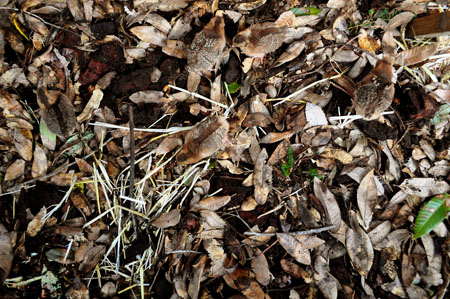
So that's our year in Chickens. It would be great to hear anyone's experiences with free ranging chickens. We don't have a dog, or fencing, so we've lost quite a few, but they sure are happy running around all over the place scratching the place up. The eggs are great too from all those bugs and plants they eat.





